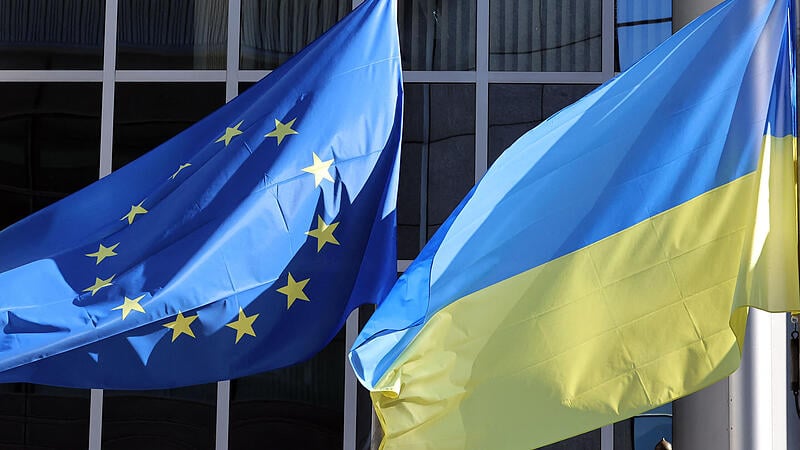Image: Apa/Afp/Francois Walschaerts
The Balkan region should also develop relatively strongly. After the severe slump in 2022, growth of three percent is forecast for war-torn Ukraine this year. The Russian economy, on the other hand, is likely to shrink by three percent.
According to the forecast, the eleven EU countries in Eastern and Southeastern Europe (EU-CEE11) will increase their gross domestic product (GDP) in real terms (i.e. adjusted for inflation) by an average of one percent, after an estimated increase of four percent in the previous year. “While high inflation is a major concern for households and businesses, it is not the first time that we are seeing impressive resilience in the region,” said Richard Grieveson, deputy director of wiiw and lead author of the winter forecast.
Inflation is likely to lose momentum in the EU-CEE11 this year at a high level. The wiiw economists expect inflation in the region to be 11.4 percent, after 13.5 percent in 2022. The unemployment rate, on the other hand, is likely to rise slightly. Hungary is an exception: the country is predicted to experience an economic decline of one percent in 2023. The inflation rate is also likely to rise again to 16 percent.
Real economic growth of 1.8 percent is expected for 2023 in the Western Balkans region, which includes several EU applicants. The Kosovan (plus 3.4 percent) and Albanian (plus three percent) economies are likely to develop particularly strongly.
Austria also benefits from the resilience of Eastern Europe. The value of exports to the region (Balkans and EU-CEE11) increased by 24 percent year-on-year between January and October 2022, more than total exports (plus 18 percent).
The forecasts are based on the assumption that Russia will not further escalate the war in Ukraine militarily. “If that doesn’t happen, the economy in Eastern Europe could pick up again in the second half of the year. But the greatest uncertainty remains the war in Ukraine,” says Grieveson. This applies in particular to the Ukraine itself. The Russian attacks on the critical infrastructure have led to power cuts and subsequently increased generation costs.
Russia’s economy is shrinking
In 2022, the Ukrainian economy collapsed by 30 percent, and an increase of three percent is expected for this year. In the years that follow, 2024 and 2025, growth should then be eight percent, according to the wiiw. The inflation rate should then be 16 percent this year after 20.2 percent in the previous year. The budget deficit will be around 20 percent of GDP in 2023, it is estimated.
The Russian economy, on the other hand, is likely to shrink by three percent this year after a comparatively small decline of 2.5 percent in 2022. “In addition to the partial mobilization and the failures in gas exports to Europe, the new oil sanctions in the West are responsible for this,” says the wiiw broadcast. However, the high arms spending would limit the recession. “Indicators such as retail sales therefore seem more meaningful than the GDP figures for the development of the country. These have fallen by 8 percent to 10 percent since the beginning of the war.”
more from economy




